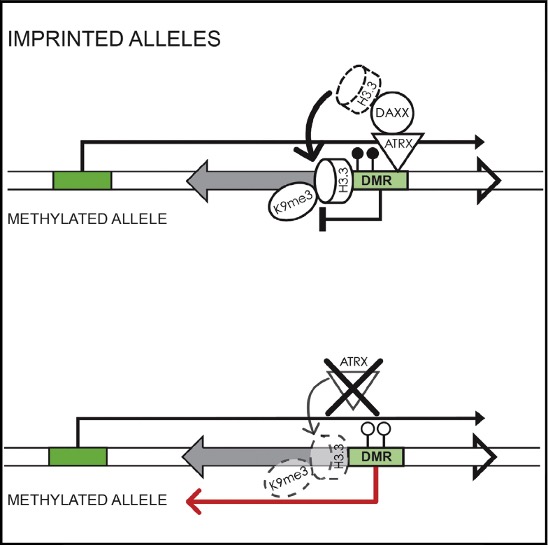ATRX and Associated Diseases
Due to its extensive expertise spanning more than a decade, Creative Biolabs grows as a premier service provider in developing gene therapies. In addition to offering a full range of gene therapy products and gene testing services, we collect international resources to offer in-depth support knowledge on the ATRX gene and related diseases. Our specialists' knowledge would be extremely helpful to your study and development, and they are delighted to help you to comprehend the molecular pathophysiology involved in diseases associated with ATRX.
Background of ATRX
The ATRX gene is ubiquitously expressed throughout the brain, endometrium, and other tissues. The ATRX gene in humans encodes the ATRX protein, which acts as a transcriptional regulator, also known as X-linked nuclear protein (XNP), ATP-dependent helicase ATRX, or X-linked helicase II. ATRX protein contains an ATPase/helicase domain, which belongs to the SWI/SNF family of chromatin remodeling proteins. ATRX is involved in cell cycle-dependent phosphorylation which regulates the genes at interphase and modulates the chromosomal segregation during mitosis in the nuclear matrix. In addition to its important role in the cell cycle, ATRX also has significant roles in chromosome maintenance, telomere maintenance, DNA methylation, chromatin remodeling, DNA duplex unwinding, replication fork processing, DNA repair, maintaining silencing interstitial heterochromatic loci and imprinted genes, regulation of DNA-templated transcription, and positive regulation of nuclear cell cycle DNA replication. In addition, ATRX participates in multiple biological processes, such as forebrain development and Sertoli cell development.
 Fig.1 ATRX deposits the histone variant H3.3 at the methylated allele of imprinted differentially methylated regions. (Voon, 2015)
Fig.1 ATRX deposits the histone variant H3.3 at the methylated allele of imprinted differentially methylated regions. (Voon, 2015)
ATRX Associated Diseases
Inherited and somatic mutations of the ATRX gene cause a range of related diseases. Inherited mutations of the ATRX gene lead to alpha-thalassemia (ATRX) syndrome as well as X-linked syndromes exhibiting cognitive disabilities. The mutations are associated with the altered pattern of DNA methylation in ATRX. Somatic mutations, such as multiexon deletions and missense mutations in the helicase domain of the ATRX gene, are the causes of neuroblastoma, which is a common extracranial solid tumor in children. Other human cancers caused by somatic mutations include pancreatic neuroendocrine tumors, gliomas, osteosarcomas, pheochromocytomas, etc.
In the field of life sciences, Creative Biolabs is a well-known service provider with a stellar reputation. It is known that ATRX mutations are implicated in a wide range of diseases. Therefore, future efforts to develop gene treatments will concentrate on understanding the pathophysiology of disorders associated with ATRX. We are dedicated to providing premium products and trustworthy services for the advancement of gene therapy. In order to suit your research objectives, our devoted staff offers leading-edge support knowledge and technical guidance on ATRX and associated diseases to researchers across the world. Please don't hesitate to get in touch with us if you have any questions concerning the ATRX gene and associated diseases.
Reference
- Voon, H.; et al. ATRX plays a key role in maintaining silencing at interstitial heterochromatic loci and imprinted genes. Cell reports. 2015, 11(3): 405-418. Distributed under Open Access license CC BY 4.0, without modification.
